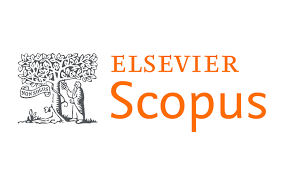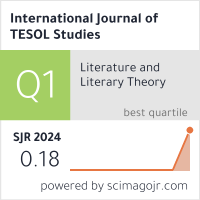2632-6779 (Print)
2633-6898 (Online)


Scopus
Ulrich’s Periodicals Directory (ProQuest)
MLA International Bibliography
MLA Directory of Periodicals
Directory of Open Access Journals (DOAJ)
QOAM (Quality Open Access Market)
British National Bibliography
WAC Clearinghouse Journal Listings
EBSCO Education
ICI Journals Master List
ERIH PLUS
CNKI Scholar
Gale-Cengage
WorldCat
Crossref
Baidu Scholar
British Library
J-Gate
ROAD
BASE
Publons
Google Scholar
Semantic Scholar
ORE Directory
TIRF
China National Center for Philosophy and Social Sciences Documentation
Aileen Lam
National University of Singapore, Singapore
Abstract
The Asian workplace is a dynamic environment with ever-evolving contexts and fast-paced changes (Du-Babcock & Bhatia, 2013; Tonby et al., 2020). Asia has also been mistakenly viewed as one market with one context and culture when in fact it is diverse and distinct in each country an region (McCorkindale et al., 2021; Du-Babcock, 2018). Professional communication in these Asia markets should not only be personalised but also localised and constantly updated. This creates an exciting opportunity for educators designing and teaching professional communication courses to consider the most relevant and important principles during the curriculum design and for faculty to consider how they would facilitate discussions that stimulate active learning and critical thinking (Boyer, 1990). There is, hence, a need to consider how professional communication specialists can keep up with industry changes, shifting communication needs and evolving expectations of the Asian workplace to inform curriculum design and teaching (Al-Musalli, 2019; Winchester-Seeto & Piggott, 2020) and how professional communication faculty can deepen and refresh their disciplinary, subdisciplinary and interdisciplinary understanding in the backdrop of evolving Asian business contexts.
This conceptual paper uses the scholarship of discovery, integration, application and teaching (Boyer, 1990) as a framework to suggests ways in which professional communication specialists can continually develop their understanding of the professional communication discipline in the context of Asia. Insights drawn could potentially contribute to the professional development of faculty which will in turn have an impact on curricula that prepare students for communication at the workplace.
Keywords
Professional development, professional communication, Asia